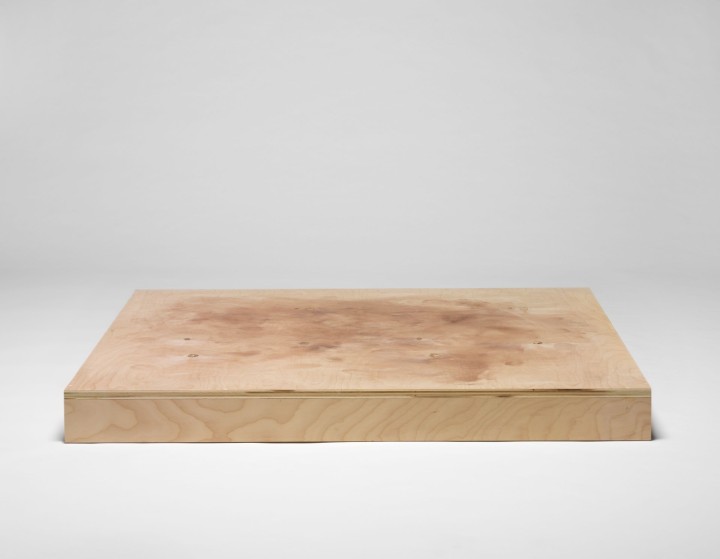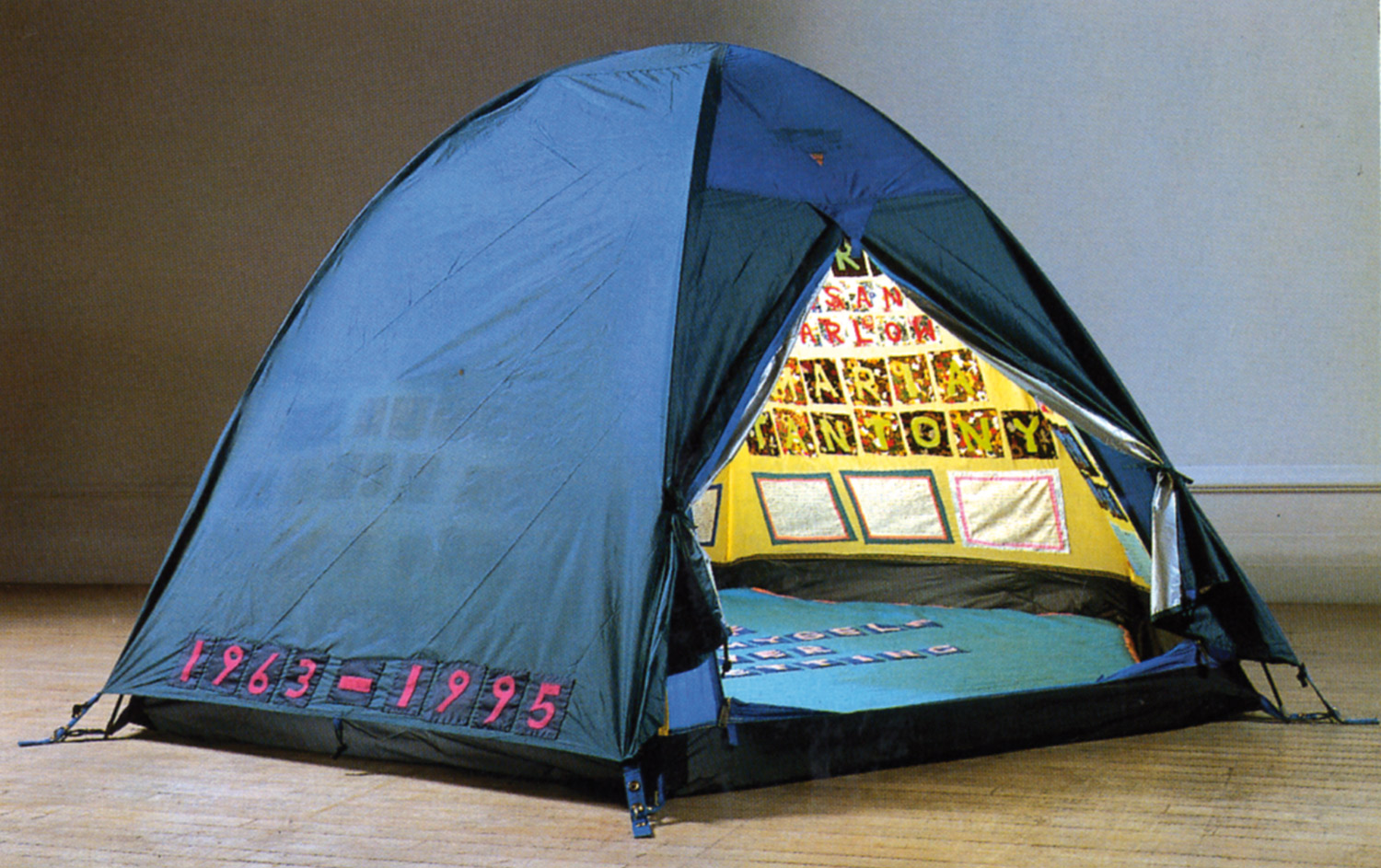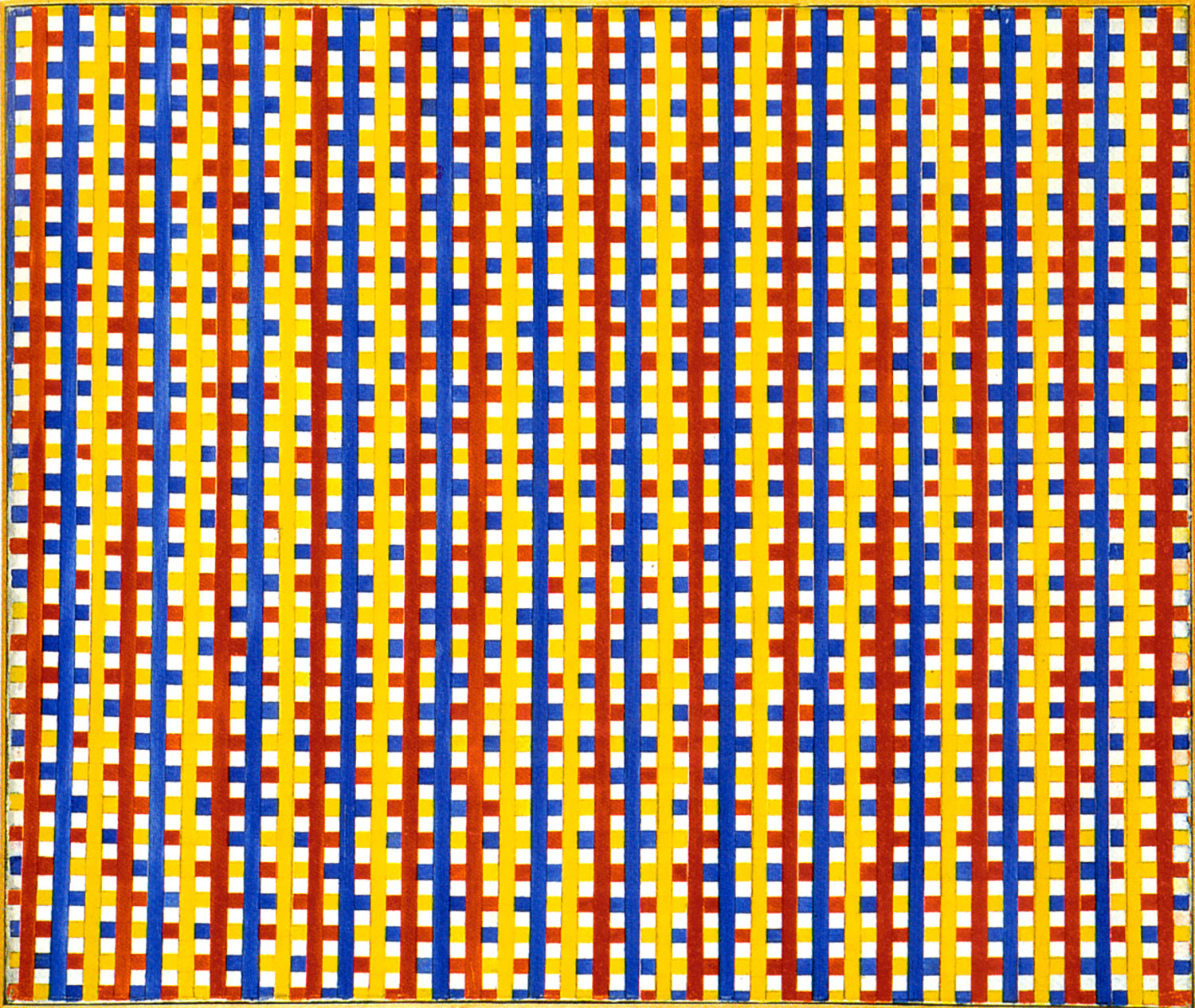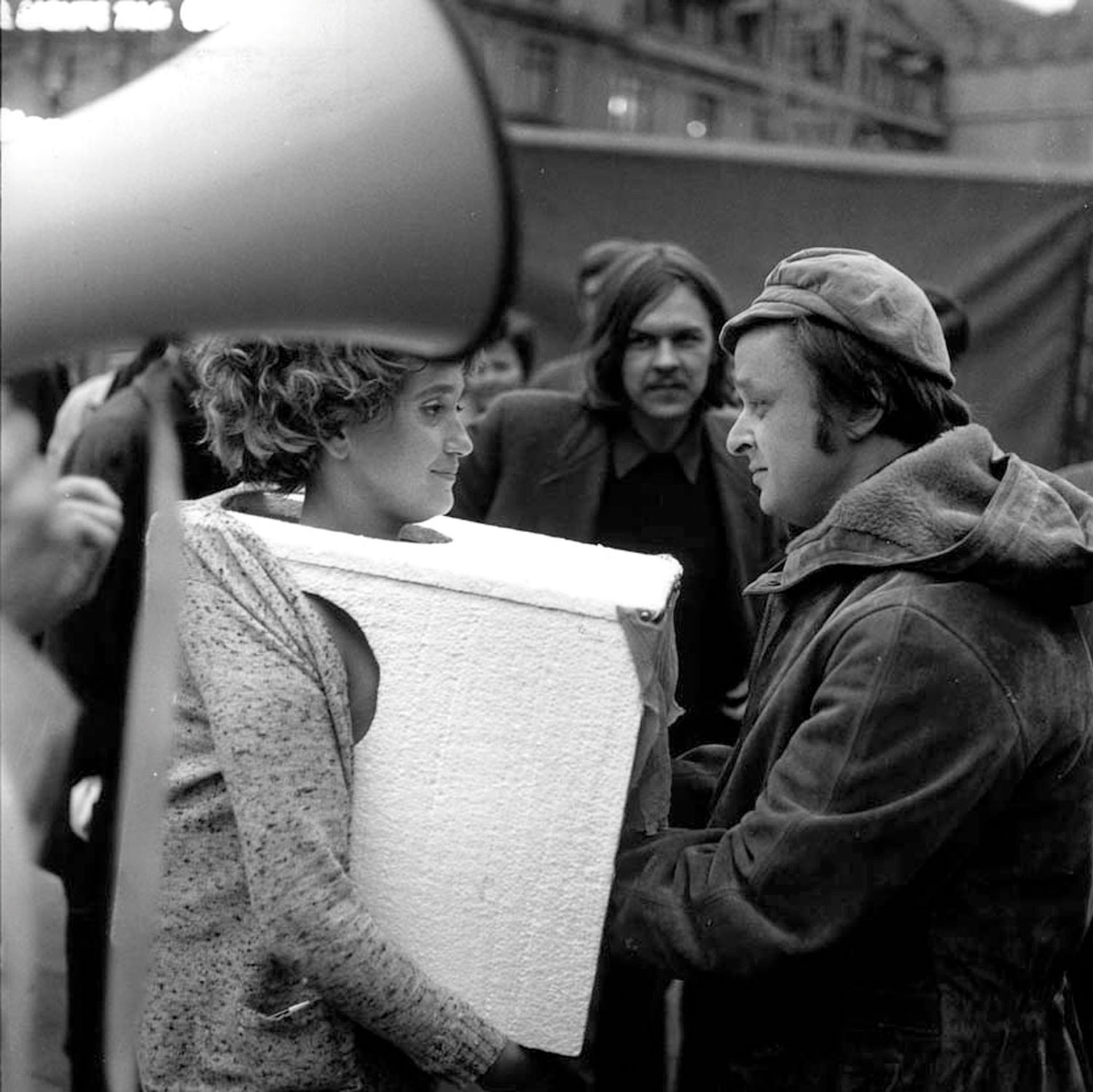
Sonia Campagnola: The video installation you showed at this year’s Whitney Biennial, Ärztliche Zimmergymnastik, was inspired by German physician Moritz Schreber’s eponymous 1855 gymnastics manual, and by his son’s (Daniel Paul Schreber) memoir of mental illness. What interested you in these two books?
Jesse Aron Green: I read about Daniel Paul Schreber many years ago but I was only passingly aware of the work of his father until I read Eric Santner’s My Own Private Germany. Santner gives a summation of the many arguments made about his father: that ideologies and practices connected to Moritz Schreber’s drive for greater health and well-being (such as the invention of everything from Schrebergarten, or allotment gardens, to restraints for the improvement of posture in children) had a despotic, totalizing quality that may have adversely affected entire generations of the German populace, his son being the ultimate example. I found in this story of parent and child a series of tensions that married well with my interest in violence and its representations: between patriarchal authority and paranoid subjection; therapeutic practices and trauma; bodily health and mental illness.
SC: How did you use these books?
JAG: Dr. Schreber’s book is a manual, and it occurred to me that I could simply follow its instructions in the same way many artists at the height of conceptualism followed a set of directions to produce their work. Each of the 16 performers in the video completes the entire series of 45 exercises laid out in Moritz Schreber’s book. The performers are neither choreographed, nor concerned with completing the exercises in unison. My decisions were limited to how to set the scene, put it in motion and record it.

SC: There’s also a minimalist legacy in this work.
JAG: There is certainly a relationship to the ’60s and ’70s that came out of a certain engagement with structuralism and conceptualism: the trope of the grid in minimalist sculpture (LeWitt, Bochner); the everyday movement of avant-garde dance and performance (Rainer, Nauman); and materialist tendencies in moving-image work (Snow, Frampton). But these aspects of the piece are purposefully organized in relation to the other historical markers, that is, in reference to trauma and violence at the outset of modernism.
SC: You realized it in 2008. What is next?
JAG: I’m edging up to a book. It’s something like a novel, in that it adheres in parts to conventions of historical fiction. I plan to publish it as such, not as an artwork, even though it will also function as a kind of loose blueprint for a series of artworks — videos, sculptures, performances — that will tumble out of it. Even though it might take years for me to complete (or abandon) the book, I’m already in the process of completing the first artwork related to it. I shot a three-channel video in Poland this winter that concerns the ways in which groups are composed, and the ways in which its members relate to one another. The nominal subject is a recreation of the Battle of Cambrai from WWI. Like past work, the final project will be comprised of a dispersed array of objects, moving-image works, drawings and so on.





